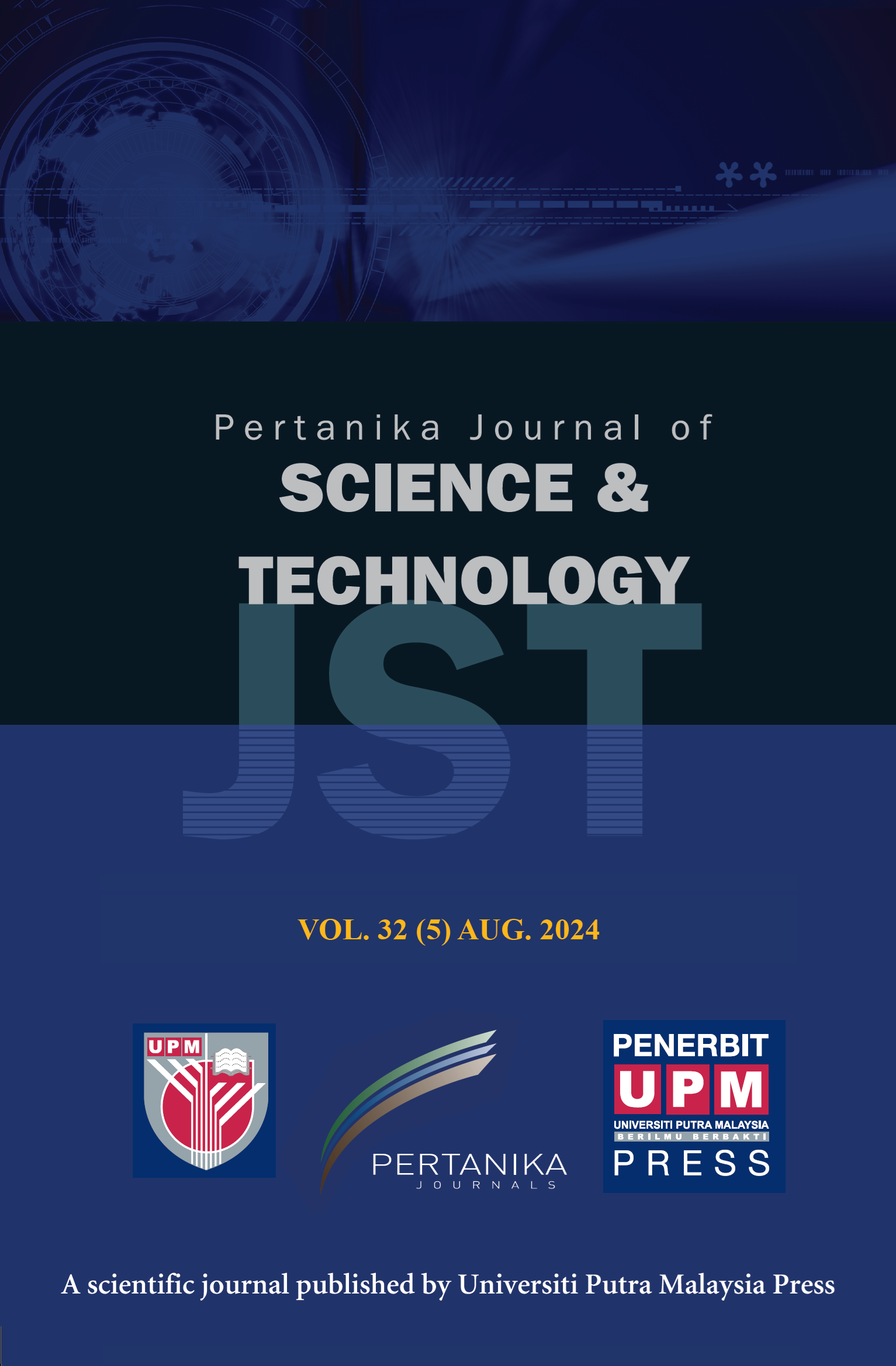PERTANIKA JOURNAL OF SCIENCE AND TECHNOLOGY
e-ISSN 2231-8526
ISSN 0128-7680
Numerical Study on the Effects of Wire bonding Looping formation on Light-emitting Diode Encapsulation Process
Ahmad Amin Azmi Jaludin, Mohd Syakirin Rusdi, Mohd Sharizal Abdul Aziz and Mohammad Hafifi Hafiz Ishak
Pertanika Journal of Science & Technology, Volume 33, Issue 3, April 2025
DOI: https://doi.org/10.47836/pjst.33.3.08
Keywords: Encapsulation process, fluid-structure interaction, LED, wire configuration
Published on: 2025-04-23
This study focused on evaluating the effects of different wire-bonding looping formations on key mechanical properties during the encapsulation process of light-emitting diodes (LEDs). The specific properties investigated included total maximum deformation, maximum equivalent elastic strain, and maximum von Mises stress, which are critical to ensuring LEDs' structural integrity and performance under encapsulation. The encapsulation process was simulated using advanced computational methods, including Volume of Fluid (VOF), Fluid-Structure Interaction (FSI), and system coupling techniques within the ANSYS software environment. The simulations were designed to mimic the behavior of epoxy molding compound (EMC) as it interacts with various wire configurations over time, providing insights into the dynamic responses of the LED structures. These simulation results were rigorously validated against experimental data to ensure accuracy and reliability. Among the wire configurations tested, the Type 2 wire demonstrated high compatibility with the EMC, exhibiting the highest maximum strain and stress values. Conversely, the square-loop (type 3) configuration emerged as the most optimal, offering the lowest levels of total deformation, strain, and stress, thereby indicating superior overall performance. The comparative analysis ranked the wire configurations in the following order of performance with the EMC: Type 2, type 1, and type 3. These findings provide valuable insights for optimizing wire configurations in LED encapsulation processes, potentially leading to improved durability and reliability of LED devices.
ISSN 0128-7680
e-ISSN 2231-8526




